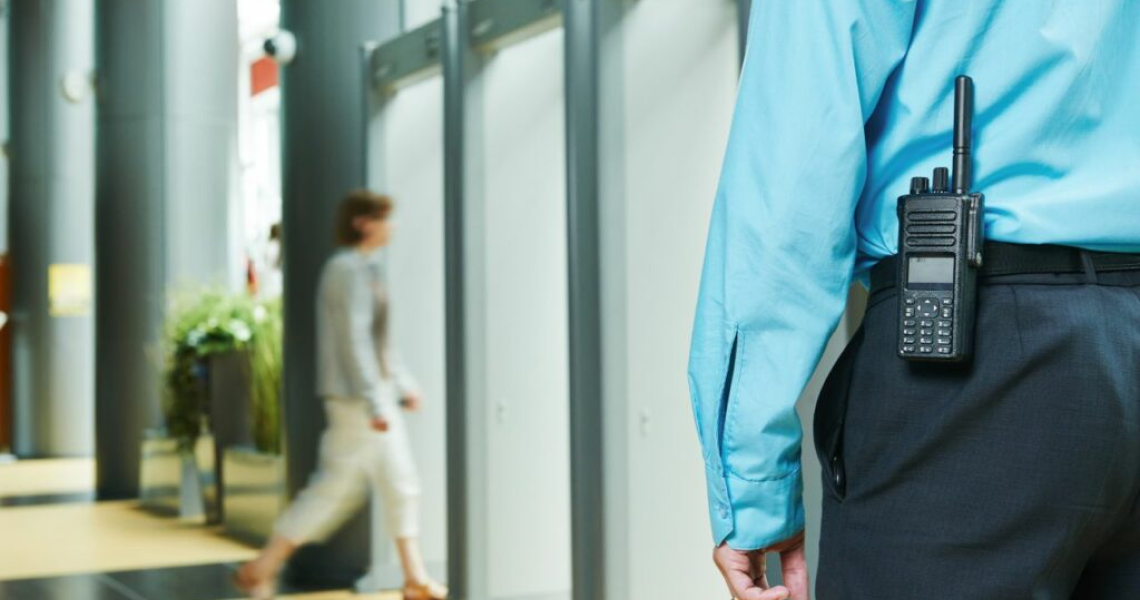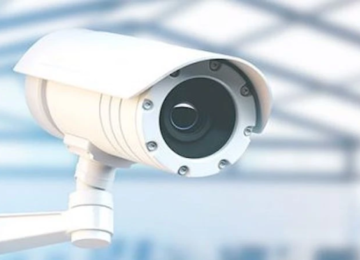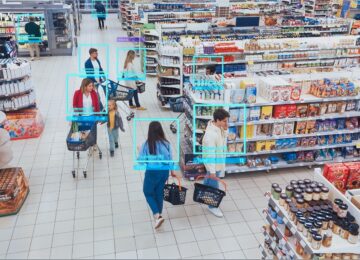What to Do in Cases of Shoplifting Where the Perpetrator Is Not Apprehended

Any act of stealing in a store is considered shoplifting. It is an offence punishable by law. However, in certain circumstances, the shoplifter may not always be intercepted at the time of committing the theft. What can the retailer do next? What evidence can be provided to the police to prove the offence?
What Happens When the Shoplifter is Not Apprehended?
In order to fully understand the situation, it’s worthwhile looking at what the law says about shoplifting and apprehending a shoplifter, as well as the different circumstances.
Shoplifting: Prison Sentence and Fine
The law classifies the offence of shoplifting as simple or aggravated theft depending on the situation. For example, if the theft is committed with violence or by an adult accompanied by a minor, the law considers it aggravated theft.
Shoplifting is a crime punishable by law. The prison sentence and the amount of the fine depend on the circumstances (whether these are aggravating or not). For example, simple theft is punishable by 3 years in prison and a fine of €45,000.
Apprehending a Shoplifter in Store: What Does the Law Say?
According to Article 73 of the French Code of Criminal Procedure, in cases of offences punishable by imprisonment committed in flagrante delicto, “any person is entitled to apprehend the perpetrator.” This person might be the store manager, a security guard, or any other employee. The apprehended individual can then be presented “before the nearest judicial police officer.”
In other words, an individual observed shoplifting does not necessarily have to be apprehended by a law enforcement officer. The individual can be stopped in the store, and be asked to show the contents of their bags and pockets. However, the individual in question may not be searched without their permission.
In some cases, the shoplifter may have already left the store when the theft is discovered. Even if the shoplifter is not apprehended, several legal remedies are still available to the retailer.
Legal Remedies in Cases Where the Shoplifter Is Not Apprehended
In cases where the shoplifter could not be intercepted in the store, retailers can still file a complaint even if they don’t know the identity of the shoplifter. The time limit for filing a complaint is 6 years, after which time the complaint is no longer admissible. The retailer can file a complaint either by post, or at a police station or gendarmerie. Secondly, depending on the value of the stolen goods, the retailer may deem it worthwhile to bring a civil action against the shoplifter with a view to claiming compensation for the damages incurred.
Filing a Complaint for Shoplifting with the Public Prosecutor
A complaint can be filed directly with the public prosecutor. For this purpose, a standard letter is available online, which should then be sent by registered post with acknowledgement of receipt. The retailer concerned can also file a complaint at the reception desk of their nearest court.
Filing a Complaint with the Police
The alternative solution is to file the complaint at a gendarmerie or police station. This complaint will then be passed on to the public prosecutor. If the identity of the shoplifter is not known, the retailer can fill in a pre-complaint form online before going to the gendarmerie or police station to sign the complaint.
Bringing a Civil Action
Upon filing a complaint, the retailer can act as a civil party, i.e. be recognised as a victim of an offence. The aim of a civil action is to claim compensation not only for the loss of the goods stolen, but also for any damage caused by the theft: this may include moral damage or physical damage to the store.
To facilitate the judicial investigation, the retailer can provide footage from the store’s video surveillance system. Such footage is considered admissible evidence under the law.
Smart Video Surveillance Systems: the Capacity to Provide the Necessary Evidence
A store’s video surveillance system is the best way for retailers to protect themselves against theft and to ensure they have the necessary evidence.
Surveillance Cameras
Retailers should observe a number of rules when installing surveillance cameras. The main advantage of such cameras is their capacity to record shoppers’ activity in the store. Cameras should be placed in strategic locations around the store (e.g. facing shelves and checkouts) without intruding on shoppers’ privacy. The new generation of shoplifting detection software is geared to do just that: it ensures privacy by focusing on shoppers’ gestures and movements (and does not identify faces).
Shoplifting Detection Software
Veesion software is a tool that helps store security staff to detect occurrences of theft. How does it work? The software is installed on the video recorder of the store’s surveillance system. There is no need to change the existing cameras.
Thanks to a special algorithm, the software is trained to detect any suspicious gestures made by shoppers. For example, a shopper may try to hide one or more items in their pockets. As soon as a suspicious movement is detected, an alert together with a video clip is sent to the security guards’ monitoring terminal. This can be a smartphone, a computer monitor, or a tablet. With this tool, security personnel increase their chances of catching a shopper trying to check out without paying for their items.
The video footage cannot only be used as evidence against the apprehended individual, but can also be submitted to judicial investigators.
In summary: in the event of shoplifting, retailers have the possibility to file a complaint. This is possible even if the retailer does not know the identity of the shoplifter. However, the complaint must be filed within 6 years of the offence. The retailer can also bring a civil action against the shoplifter to recover damages. To be able to arrest a shoplifter, it’s essential to possess the necessary evidence. Video footage and images from video surveillance are considered admissible evidence.
The most popular
Related news
Discover what Veesion can do for you. Do you have one or more stores?
Our team will contact you within 48 hours





